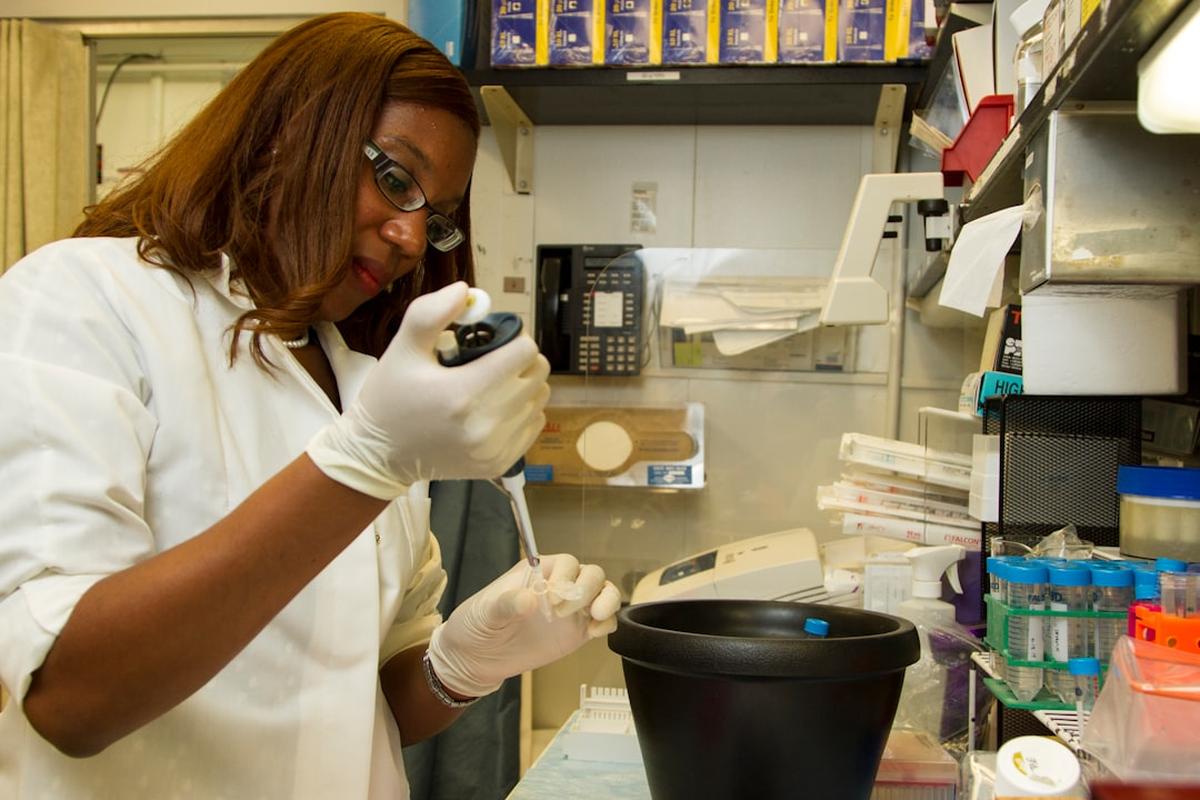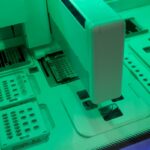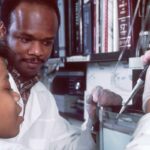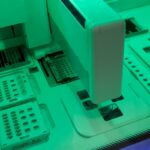Brief Overview of DNA
Deoxyribonucleic acid, more commonly known as DNA, is the molecular cornerstone of life. It is the biological instruction manual that dictates the development, functioning, growth, and reproduction of all known living organisms and many viruses. DNA molecules are composed of two strands coiling around each other to form a double helix, carrying the genetic instructions used in the growth, development, functioning, and reproduction of all known organisms.
Importance of DNA in Cellular Function
DNA is crucial in cellular function as it holds the instructions for building the proteins that carry out a variety of functions in a cell. The sequence of bases in a DNA molecule codes for the sequence of amino acids in a protein, which in turn determines the protein’s structure and function. Thus, any changes or mutations in the DNA sequence can significantly impact cellular function.
Understanding DNA Mutations
Definition of DNA Mutations
DNA mutations refer to changes in the sequence of nucleotides in the DNA molecule. These changes can range from a single base pair (the building block of DNA) to a large segment of a chromosome that includes multiple genes.
The Role of DNA Mutations in Genetic Diversity and Evolution
DNA mutations play a pivotal role in genetic diversity and evolution. They introduce new genetic variations in a population, some of which may confer advantages in survival and reproduction. Over time, these advantageous mutations accumulate, leading to the evolution of new species.
Causes of DNA Mutations
Errors in DNA Replication
Mechanism of DNA Replication
DNA replication is a complex process where the DNA molecule makes an exact copy of itself. This process is crucial for cell division, where each new cell needs a complete set of DNA molecules.
How Errors Occur During DNA Replication
Despite the precision of the replication process, errors can still occur. These errors, known as replication errors, can lead to mutations if not corrected by DNA repair mechanisms.
Damaging Effects of Mutagens
Chemical Mutagens and Their Impact on DNA
Chemical mutagens, such as certain types of chemicals and toxins, can interact with DNA and cause mutations. For instance, tobacco smoke contains several chemical mutagens that can cause DNA mutations leading to lung cancer.
Radiation as a Mutagen: Its Effects on DNA Structure
Radiation, such as ultraviolet rays and X-rays, can also cause DNA mutations. For example, excessive exposure to ultraviolet radiation can cause mutations in the DNA of skin cells, leading to skin cancer.
DNA-Repair Enzymes and Their Role in Minimizing Mutations
Understanding DNA-Repair Enzymes
DNA-repair enzymes are proteins that recognize and correct errors in the DNA sequence. They play a crucial role in maintaining the integrity of the genetic code.
The Process of DNA Repair
The process of DNA repair involves several steps. First, the DNA-repair enzyme recognizes the error in the DNA sequence. Then, it removes the incorrect base and replaces it with the correct one.
Effectiveness and Limitations of DNA-Repair Enzymes
While DNA-repair enzymes are highly effective, they are not foolproof. Some errors may escape detection and correction, leading to permanent mutations.
Different Types of DNA Mutations
Point Mutations
Point mutations are changes in a single base pair in the DNA sequence. They can result in different types of mutations, depending on the nature of the change.
Insertion Mutations
Insertion mutations occur when one or more extra base pairs are inserted into the DNA sequence. This can cause a shift in the reading frame, potentially leading to drastic changes in the protein produced.
Deletion Mutations
Deletion mutations involve the removal of one or more base pairs from the DNA sequence. Like insertions, deletions can also cause a shift in the reading frame.
Duplication Mutations
Duplication mutations occur when a segment of DNA is duplicated and inserted into the DNA sequence. This can lead to an overproduction of the protein encoded by the duplicated segment.
Frame-shift Mutations
Frame-shift mutations are a type of mutation caused by insertions or deletions. They shift the reading frame, leading to the production of an entirely different protein.
The Impact of DNA Mutations on Health
DNA Mutations and Genetic Disorders
Many genetic disorders are caused by DNA mutations. For instance, cystic fibrosis is caused by a mutation in the CFTR gene, and Huntington’s disease is caused by a mutation in the HTT gene.
Role of DNA Mutations in Cancer Development
DNA mutations play a crucial role in the development of cancer. Mutations in genes that control cell growth and division can lead to uncontrolled cell growth, a hallmark of cancer.
Potential Positive Effects of DNA Mutations
While many DNA mutations have harmful effects, some can be beneficial. For instance, a mutation in the CCR5 gene confers resistance to HIV infection.
Advances in DNA Mutation Research
Latest Findings in DNA Mutation Studies
Recent research in DNA mutation studies has shed light on the mechanisms underlying various genetic disorders and cancers. For instance, researchers have identified specific mutations associated with breast and ovarian cancer, leading to improved screening and treatment strategies.
Future Directions for DNA Mutation Research
Future research in DNA mutations will likely focus on developing more effective methods for detecting and correcting mutations. This could lead to new treatments for genetic disorders and cancers.
Final Remarks
Recap of Key Points
Understanding DNA mutations is crucial for understanding the mechanisms underlying genetic diversity, evolution, and various health conditions. While DNA mutations can lead to genetic disorders and cancers, they also play a key role in evolution and can sometimes confer beneficial traits.
Implications of Understanding DNA Mutations
By gaining a deeper understanding of DNA mutations, we can develop more effective strategies for preventing, diagnosing, and treating various health conditions. Furthermore, this knowledge can also shed light on the fundamental processes of life and evolution.
Citing Relevant Books and Other Scholarly Publications
- Strachan, T., & Read, A. (2011). Human Molecular Genetics. New York: Garland Science.
- Watson, J. D., Baker, T. A., Bell, S. P., Gann, A., Levine, M., & Losick, R. (2004). Molecular Biology of the Gene. San Francisco: Pearson.
References
Citing Relevant Research Studies and Scientific Articles
- Alberts, B., Johnson, A., Lewis, J., Raff, M., Roberts, K., & Walter, P. (2002). Molecular Biology of the Cell. New York: Garland Science.
- Lodish, H., Berk, A., Zipursky, S. L., Matsudaira, P., Baltimore, D., & Darnell, J. (2000). Molecular Cell Biology. New York: W. H. Freeman.








